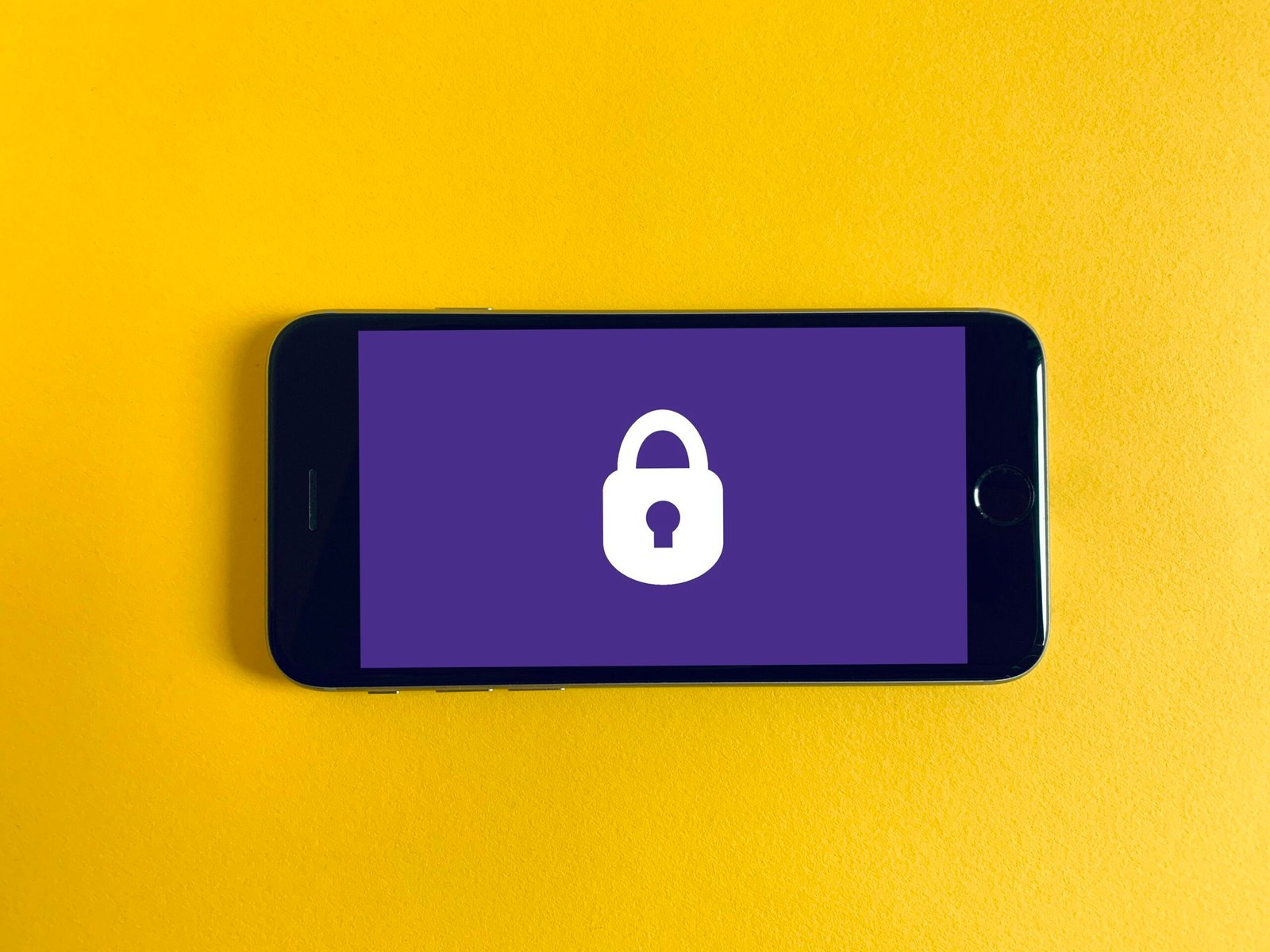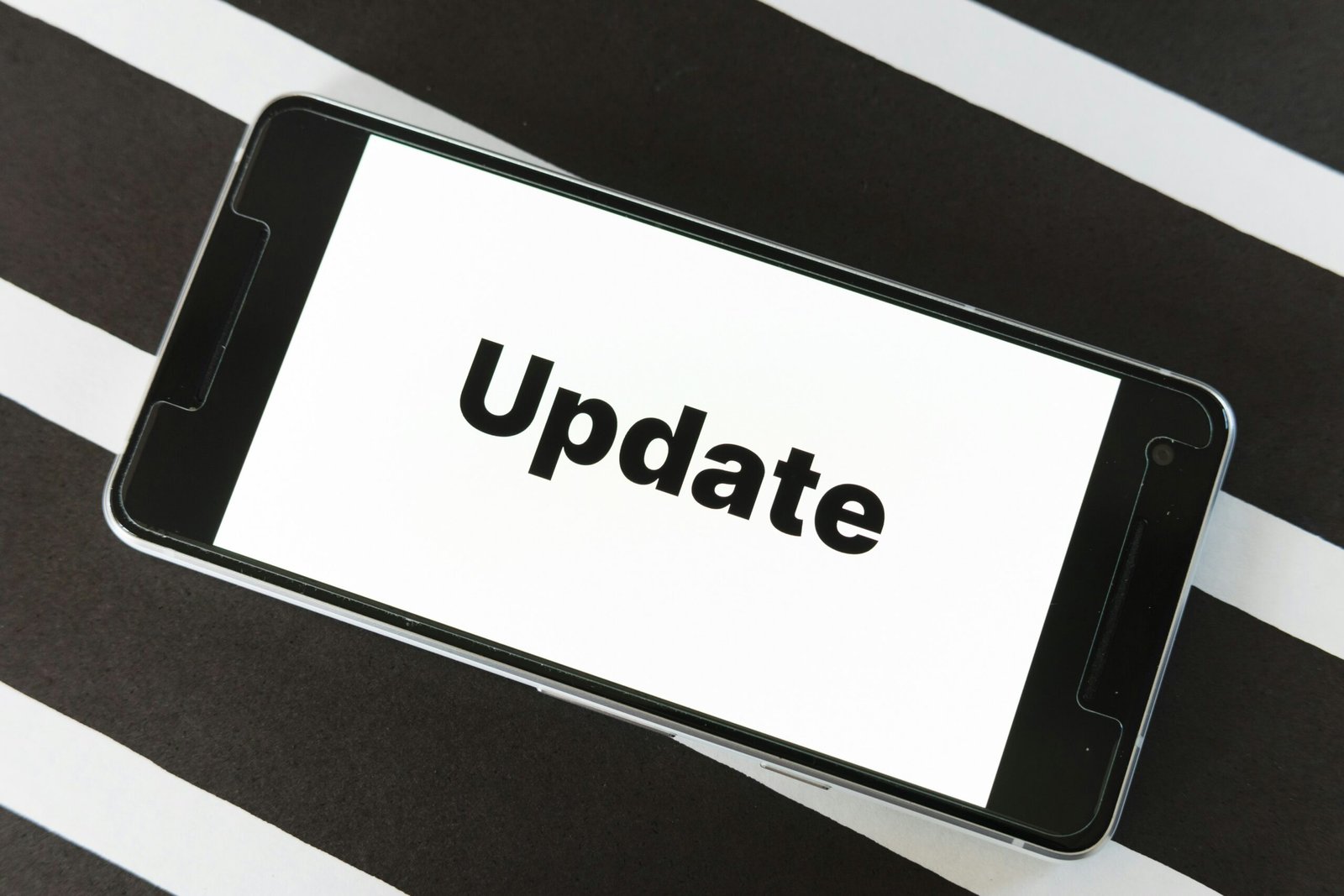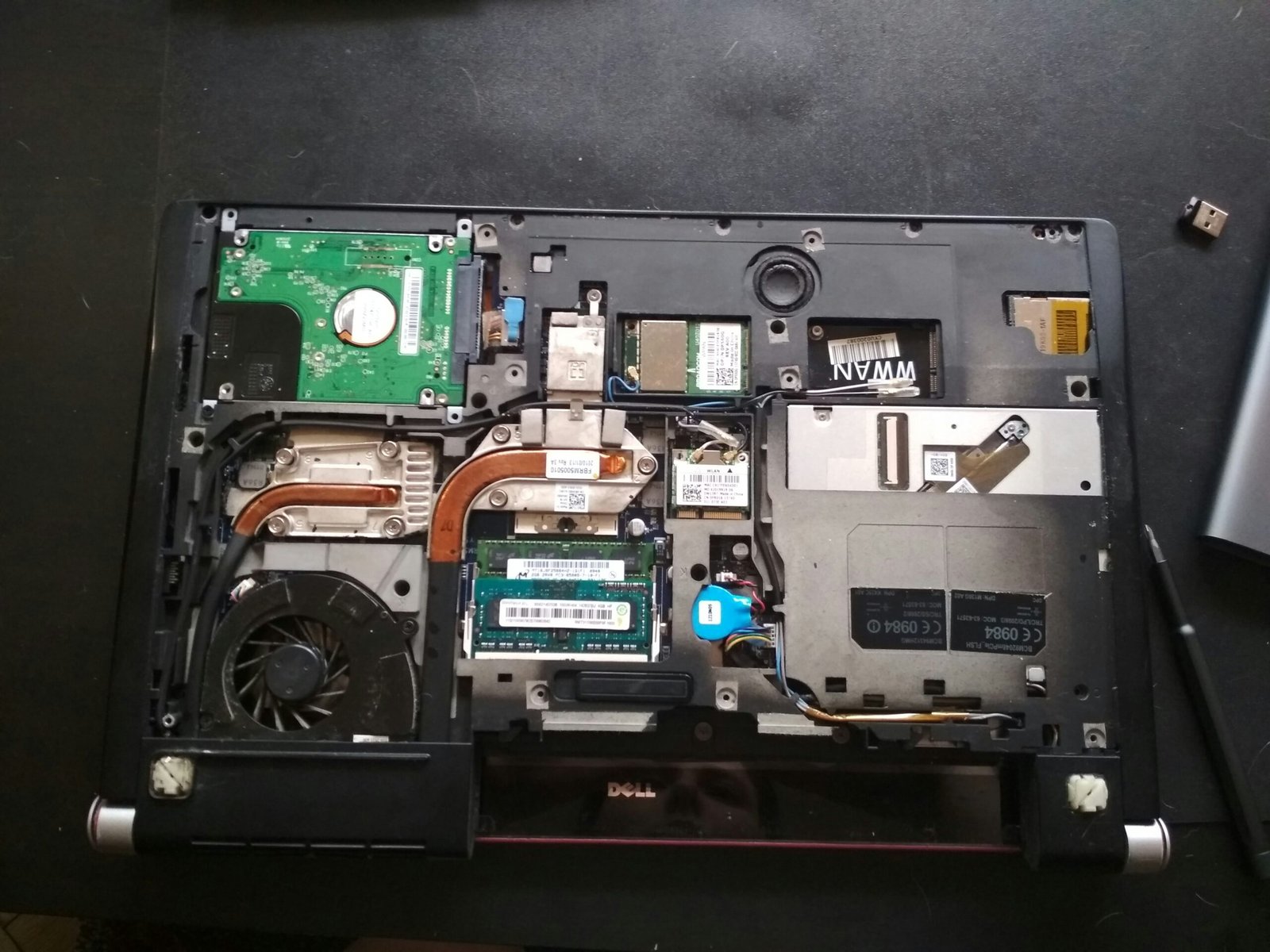
Introduction to Phone Backup
In today’s digital age, the information stored on our smartphones is invaluable. From cherished photos and important contacts to essential documents and apps, the data we accumulate on our devices is crucial for personal and professional purposes. However, with the convenience of smartphones comes the inherent risk of data loss. Accidental deletion, hardware failures, and theft are just a few scenarios that can result in losing important information. Therefore, having a robust backup plan for your phone data is not just advisable; it is essential.
Consider the common situations that can lead to data loss. An unforeseen hardware failure can render a device unusable, resulting in the permanent loss of data if it is not backed up elsewhere. Similarly, a simple mishap, such as mistakenly deleting a file or losing your phone, can lead to significant distress, especially if that data includes irreplaceable memories or critical information. The potential for data loss emphasizes the necessity of implementing preventive measures to safeguard your information.
Moreover, the evolving technology landscape introduces new risks, such as malware and cyber-attacks that can compromise personal data stored on devices. Inadequate protection against these threats could leave users vulnerable to identity theft or privacy invasions. Thus, the importance of backing up phone data cannot be overstated. By having a reliable backup system, users can mitigate the risks associated with data loss, ensuring that their valuable information remains secure and easily recoverable.
In essence, establishing a backup plan protects personal memories and critical information, offering peace of mind. For every smartphone user, understanding the importance of phone backup is the first step toward data security and resilience against unexpected events.
Understanding Different Types of Phone Data
Modern smartphones store a multitude of data types, each integral to the user experience and functionality of the device. Understanding the various types of phone data not only underscores their importance but also highlights the necessity of implementing a robust backup strategy.
One of the most cherished forms of data on any phone is photos. With the advent of smartphone photography, many users rely on their devices to capture and store precious moments. Losing these images can result in the irretrievable loss of memories, making it crucial to back them up regularly. Cloud storage options and external drives are increasingly popular solutions for photo backups, ensuring that users preserve their visual memories.
Additionally, contacts are vital for maintaining personal and professional relationships. A lost contact list can lead to significant disruptions, particularly for individuals who rely on their phones for networking and communication. Most smartphones offer built-in cloud services that automatically sync contacts, but manual backups provide an additional layer of security.
Another critical data type is messages, including SMS and instant messaging applications. These conversations can hold essential information and sentimental value, which makes backing them up equally important. Various applications and services allow users to archive their messages, providing peace of mind in case of data loss.
Apps also contribute significantly to the smartphones’ functionality, containing user preferences, settings, and stored information. Many applications allow users to back up their data to the cloud, yet it remains advisable to keep personal archives for added safety. User settings, including screen preferences, notifications, and personal configurations, bear importance as well, as they enhance the overall user experience.
In summary, the diverse array of data stored on smartphones—photos, contacts, messages, apps, and settings—highlights the need for regular backups. Each data type plays a crucial role in the overall functionality of the device and the continuity of the user’s digital life. Understanding these distinctions will aid users in protecting their most vital data effectively.
Choosing the Right Backup Method
When it comes to backing up your phone data, selecting the appropriate method is crucial. Users typically have three primary options to consider: cloud storage, local backups on a computer, and the use of third-party applications. Each of these methods comes with its own set of advantages and disadvantages, which can significantly impact the effectiveness of the backup process.
Cloud storage services, such as Google Drive, iCloud, and Dropbox, have gained immense popularity for their convenience and accessibility. With cloud storage, your data is stored online, allowing you to access it from virtually anywhere with an internet connection. This method provides the benefit of automatic backups, often requiring users to set it and forget it. However, security concerns, such as potential data breaches, can be a drawback. Additionally, many cloud services offer limited free storage, necessitating a paid plan for larger data sets.
Alternatively, local backup on a computer remains a viable option. By connecting your phone to a computer via USB and using software like iTunes or specific manufacturer applications, you can create a complete backup of your device. This method boasts enhanced security, as your data remains on your devices rather than being uploaded to the internet. Nonetheless, this approach can be less convenient since it requires regular manual backups and is limited to the environment within which your computer operates.
Lastly, third-party apps present yet another backup option. These applications offer diverse features, such as incremental backups and enhanced compression, making them appealing. However, users should carefully research the reliability and security of these apps, as not all offer the same level of data protection. Additionally, some may impose fees or contain ads. Evaluating each method’s pros and cons will aid in determining the right backup strategy tailored to your individual needs and preferences.
Preparing Your Device for Backup
Prior to initiating the backup process, it is vital to ensure that your phone is adequately prepared. This preparation involves several thoughtful steps to ensure a smooth and efficient backup experience. First, begin by organizing the data on your device. It is beneficial to categorize files and applications, helping to identify what needs backing up and what can be discarded. Consider deleting unnecessary photos, apps, and documents that no longer serve a purpose, which will free up valuable storage space for the backup.
Storage space is a critical factor in the backup process. Verify that your device has sufficient available storage to accommodate the backup. To check storage availability, navigate to the settings menu of your device and look under the storage section. If you find that space is limited, consider transferring larger files, such as videos and photos, to cloud storage or an external device. This action will not only clear up space but also help in backing up important data securely.
Furthermore, it is essential to ensure that your device’s operating system and relevant applications are up to date. Software updates often come with enhanced features and important security patches that protect your data during the backup process. To check for updates, go to your device’s settings and select the appropriate section for system updates. Installing these updates before initiating your backup can prevent potential issues that may arise from outdated software.
By taking the time to organize your data, check for sufficient storage, and ensure all updates are installed, you lay a solid foundation for a successful backup. Proper preparation not only streamlines the process but also minimizes the risk of losing valuable information, ultimately safeguarding your data through effective backup measures.
Executing the Backup Process
Backing up your mobile device is a crucial step in protecting your data from potential loss. In this section, we will walk you through executing the backup process for both iPhone and Android devices, ensuring that your important information is securely stored.
For iPhone users, the backup process can be accomplished using iCloud or iTunes. To utilize iCloud, begin by connecting your device to a Wi-Fi network. Navigate to Settings, then tap on your name at the top to access your Apple ID settings. Select iCloud and check that iCloud Backup is enabled. Tap Back Up Now to initiate the backup. It is advisable to ensure that there is adequate storage available in your iCloud account before proceeding. You can monitor the backup’s progress by returning to the iCloud Backup settings.
If you prefer to back up your iPhone using iTunes, connect your device to your computer via a USB cable. Open iTunes and select your device when it appears. In the Summary panel, choose This Computer under the Backups section, then click Back Up Now. This method allows for a full backup of your device data, including applications, settings, and media content.
For Android users, you have several options depending on your manufacturer. Most Android devices have built-in backup features under Settings. Navigate to System and select Backup. From here, you can toggle on Back up to Google Drive and initiate the backup. Make sure you’re connected to Wi-Fi for a smoother operation.
Alternatively, Samsung users can utilize Samsung Smart Switch for a more comprehensive backup. Download the Smart Switch software on your PC, connect your device via USB, and follow the prompts to back up your data. This tool also allows you to restore backups seamlessly in case of data loss.
Regardless of the method you choose, ensuring that you regularly execute the backup process will safeguard your valuable data against unforeseen circumstances.
Verifying Your Backup
Once you have successfully completed the backup process, verifying the integrity of your backup files is crucial to ensuring that your data is truly secure. This step is not merely a formality; it is fundamental for avoiding situations where users believe their data is backed up, only to discover that important files are missing or corrupted when they need to restore them.
The first step in verifying your backup is to locate the backup files. Depending on the method you used for the backup, these files may be stored in various locations. For cloud-based backups, you may access these files through your service provider’s app or web portal. Alternatively, if you stored the backup on a local drive, you should navigate to the specified folder on your computer or external storage. Once you’ve accessed the location, you can begin reviewing the contents.
Next, it is essential to check that all vital data is present in the backup file. Begin by comparing the files in your backup against the original data on your phone. This can be performed by listing the filenames or checking their sizes. Pay particular attention to files such as photos, videos, and documents that are significant to you. Additionally, some backup systems offer a feature to preview or check the contents, which can expedite this verification process.
Furthermore, it is prudent to test restoring a small number of files from the backup. By doing this, you can ensure that the restore process works smoothly and that the files are not corrupted. Confirm that the restored files open correctly and maintain their formatting and appearance. Regularly verifying your backup will provide peace of mind and an added layer of security, ensuring your data remains safe and accessible when needed.
Setting Up Automatic Backups
Automatic backups are a crucial feature for safeguarding your mobile data, ensuring that your information is consistently secured without requiring manual intervention. By setting up automatic backups, you can comfortably store your files, photos, and contacts, thereby minimizing the risk of loss. The method of establishing these backups can vary based on the device and service utilized.
For users of Apple devices, automatic backups can be conducted through iCloud. To initiate this process, navigate to the ‘Settings’ app, select your name at the top, and then access ‘iCloud.’ Here, you will find the ‘iCloud Backup’ option. Ensure that it is toggled on. You can then choose ‘Back Up Now’ to start an immediate backup, while enabling ‘Back Up Automatically’ will ensure that your device backs up regularly whenever connected to Wi-Fi and charging.
For Android users, the process typically involves Google Drive. Open ‘Settings’, scroll down to ‘System’, and select ‘Backup.’ Activate the ‘Back up to Google Drive’ toggle. This feature allows your device to automatically back up app data, call history, device settings, and SMS messages. It is advisable to check on the backup frequency and whether all desired data types are included in the backup settings.
Additionally, there are third-party applications like Dropbox or OneDrive that offer automatic file backups. For these applications, simply download the app, sign in, and explore the settings to enable automatic uploads of your photos and files.
By implementing automatic backups, users can ensure that their essential data remains protected with minimal effort involved, allowing them to focus on utilizing their devices without the worry of losing valuable information.
Common Backup Issues and Solutions
Backing up a phone is a critical process that ensures the safety of your important data. However, users often encounter various issues that can hinder this process. One common problem is storage limitations. Many devices have restricted storage capacity, causing backups to fail or become incomplete. If you’re running into this issue, consider utilizing a cloud storage service that offers additional space. Options like Google Drive or iCloud can increase your backup capacity significantly, allowing you to store more information securely online.
Another frequent challenge is failed backups, which can stem from various factors such as software glitches, low battery levels, or outdated applications. To mitigate this, ensure that your phone’s operating system and backup applications are updated to their latest versions. Additionally, it’s advisable to perform backups while your device is plugged into a charger to prevent interruptions caused by battery depletion.
Connectivity issues also play a role in unsuccessful backups, particularly for users relying on wireless connections. This can happen when there is insufficient network speed or instability. To address this, verify that you have a robust internet connection before initiating the backup process. If a wireless connection remains problematic, connecting your phone directly to a computer with a USB cable can provide a more reliable transfer method, ensuring all data is backed up without disruptions.
In essence, while common backup issues can be frustrating, they are usually manageable with the right solutions. By addressing storage limitations, ensuring software updates, and optimizing connectivity, users can greatly enhance their backup experience. Understanding these potential problems and their remedies enables you to approach phone backups with confidence, ensuring your data remains safe and secure.
Conclusion and Final Thoughts
In today’s digital age, smartphone devices serve as essential tools that store important personal and professional data. The risks associated with data loss can be significant, whether from accidental deletion, device theft, or technical malfunctions. Given these potential threats, it is imperative for all smartphone users to recognize the importance of **phone backup** as a vital practice for safeguarding their information. By implementing the straightforward three-step method outlined in this blog post, users can simplify the backup process and significantly enhance their data security.
Taking preventive measures to back up your phone today ensures that your invaluable data remains accessible and protected against unforeseen circumstances. The steps discussed—selecting the right backup method, implementing a regular backup schedule, and verifying backup integrity—are designed to equip individuals with the knowledge and confidence they need to manage their data effectively. Adopting these practices not only provides peace of mind but also supports the smooth functioning of one’s digital life.
In an era where reliance on technology is at an all-time high, neglecting the security of one’s mobile data is unwise. Therefore, I encourage every reader to take the necessary action in securing their data through backup measures. Do not wait for a crisis to hit; act now by following the guidelines provided. Your essential data deserves protection, and making a habit of routine backups can ultimately save both time and frustration in the future. Start implementing your backup plan today to ensure your phone’s data is secure and always within reach.








